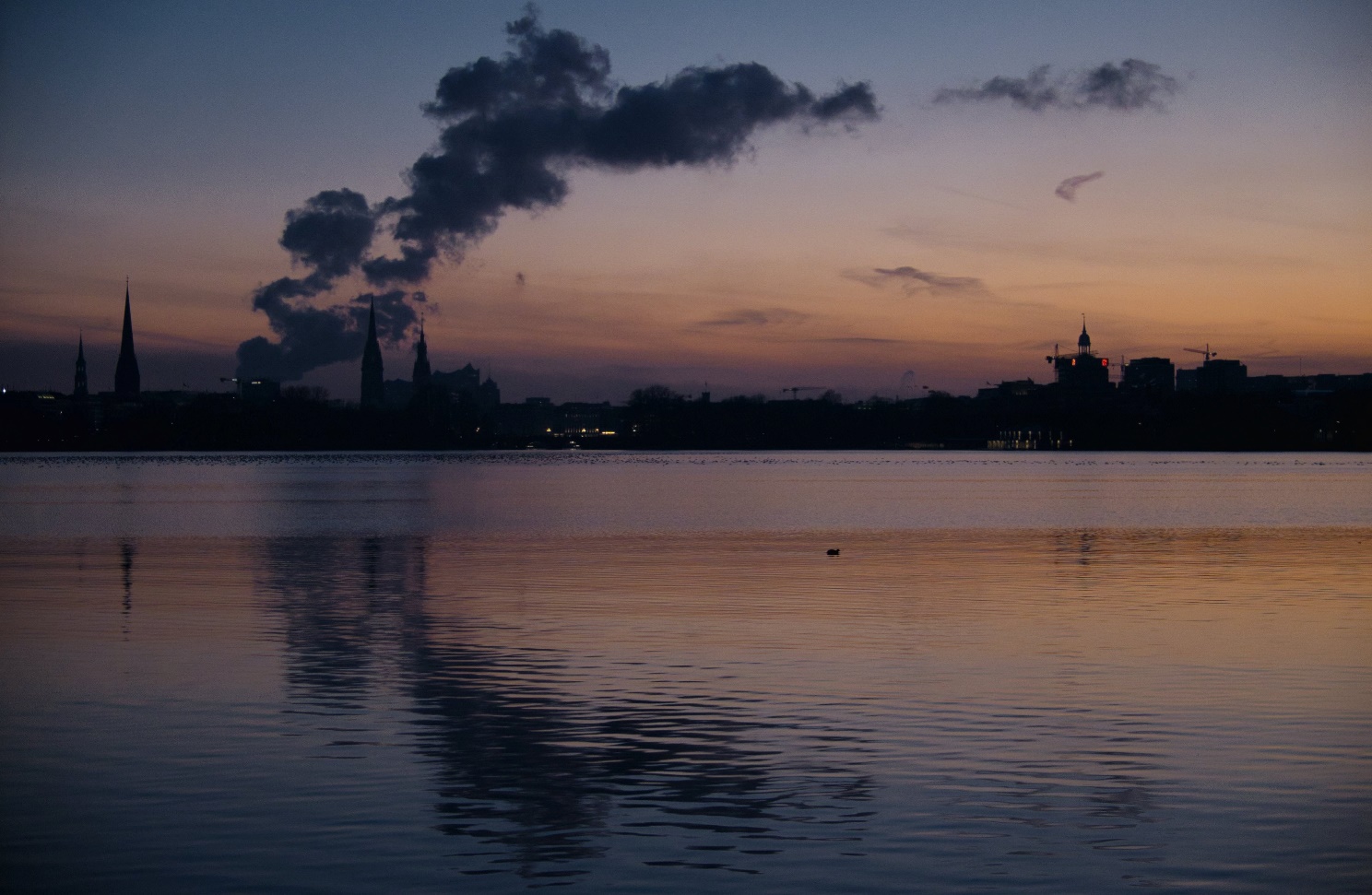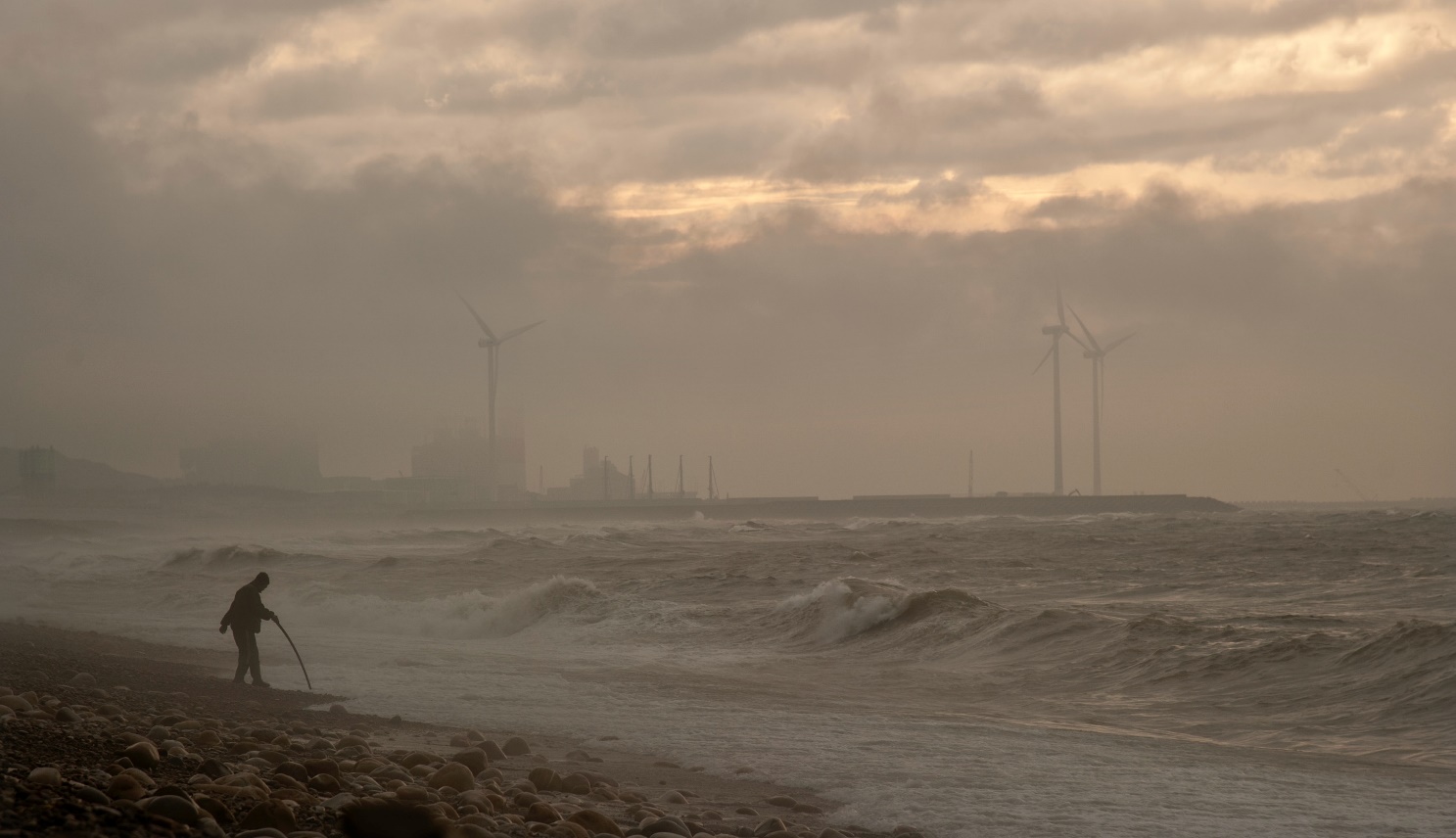Invisible enemy: the threat of water pollution

Chapter 1
Though we all know that water is a basic resource that guarantees the life of all human beings, yet we continue to pollute it. In its turn, contaminated water leads to global changes in the ecosystems of all water areas.
In this post, we discuss causes, effects, and potential ways to reduce water pollution. Without further ado, let’s get straight to the topic.
Definition
It’s the contamination of water bodies mostly caused by human activities. Constantly growing industrial activity and lack of pollution controlled to the highest ever level of pollutants in rivers, lakes, and oceans. They are drowning in plastic, chemicals, and waste. Meanwhile, hazardous changes in chemical, physical, and biological water properties simply outrage water quality standards.

Causes
There are many sources of pollution. The major ones are listed below:
Sewage
The level of wastewater going directly into rivers and streams without proper treatment varies from country to country. Leaking septic tanks and other sources of sewage are very likely to contaminate groundwater and stream with disease-bearing suspension.
Farms
Fertilizers, pesticides, and organic wastes runoff into local water bodies or simply drain down into groundwater. As a result, these chemicals become a poison as for the fish, as for the human.
Industrial waste
Hazardous liquid waste solvents, heavy metals, and radioactive substances are injected directly into the groundwater – these are the “gifts” from industrial enterprises. Energy, automotive, metallurgy, and food industries are the most generous when it comes to presenting these types of water pollutants to the environment.
Besides, leaks in nuclear reactors or from sunken nuclear submarines radioactive, which leads to a radiation change of ocean flora and fauna. It affects every single element of food chains starting from plankton to predatory fish. Our days, many nuclear powers use the World Ocean to house nuclear missile warheads of submarines and dispose of spent nuclear waste.
Oil spills
Waste generated by merchant and fishing fleets and oil tankers contributes to the pollution problem too. As a result of human activities, toxic chemical elements like Mercury poisons the marine environment. Chemicals are accumulated in fish that we eat. Accumulating in the human body, harmful compounds provoke metabolic disorders, immunity decreases, the reproductive system dysfunctions, and cause serious problems with the liver.
Solid waste
Most of the garbage is generated by dumping waste from densely populated coastal areas. Often, sea animals swallow packages and small particles of plastic, confusing them with food, which leads to their death.
Plastic pollution has spread so far that it can already be found in subpolar waters. According to the research that has been carried out over the past forty years, the amount of plastic in the Pacific Ocean increased by 100 times. Talking about numbers, 90% of animals found dead on the shore died because of the plastic they have eaten before.

Solutions
As previously mentioned, water pollution affects our lives in numerous ways. But what are the ways to prevent the ecological collapse and are there any?
Fortunately, there are several things humanity can do to solve the issue on the global level.
Reduce nutrient and pesticide pollution by encouraging smart agricultural practices, reducing urban runoff of fertilizers, and improving sewage treatment.
Reduce sewage pollution. More specifically, this point demands creating new or repairing outdated water quality treatment plants, set up local systems that ensure and monitor pollution control, funding programs aimed to reduce water pollution and to conserve water.
Stop letting so much oil and its byproducts to get into the environment and clean up chemical pollutants that can be cleaned up.
Bottom Line
To conclude, water pollution affected some significant changes in the waters of the World Ocean. Islands of garbage, water blooming, and marine species extinction are only some of the most obvious. The consequences of these processes are too serious, and the threat of water pollution is a gradual reduction in oxygen production and drinking water supply. Things are getting more serious and soon they may put our lives at risk of death too. Given these circumstances, maybe it’s the right time to make environmental protection our priority?


